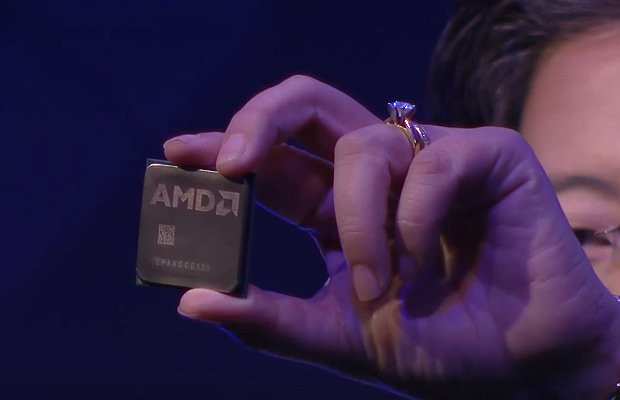- Joined
- Jul 9, 2015
- Messages
- 3,413 (0.99/day)
| System Name | M3401 notebook |
|---|---|
| Processor | 5600H |
| Motherboard | NA |
| Memory | 16GB |
| Video Card(s) | 3050 |
| Storage | 500GB SSD |
| Display(s) | 14" OLED screen of the laptop |
| Software | Windows 10 |
| Benchmark Scores | 3050 scores good 15-20% lower than average, despite ASUS's claims that it has uber cooling. |
With a series of other microprocessors along with it that were much more important like Elbrus 2SM which is dual core with 4 dsp cores ideal for radar technology, or Elbrus 8SM with DDR4 and ideal for workstations. Since it's a VLIW processor and it's OS is built around the architecture (Elbrus OS). It's a rather important step in the right direction by MCST. And with all this happening, cooperation between the two would yield good results for them. At least it won't make them dependent.
Then they also have their RISC line as well by MCST, Baikal with their MIPS processor.
I believe "we can make CPUs at all" is a far cry from "pentium killer" promise.
We are talking about "180nm to 28nm" CPU here, that can at "whopping" 1.5Ghz, aren't we?Considering Loongson based systems went from 800MHz "Lunchbox" systems to octocore mips64 systems and systems on the TOP500's top 10 in less than 5 years
I was told even RaspberryPi could be used to build supercomputers.
You just need to stack the right amount of them.
It would also be more impressive, if that weird Chineze CPU wasn't based on tech developed by MIPS Technologies, an american company.
You can't use that thing for something resembling a PC.They want more tech independence from western countries and they got it, it's a win for them
They tried "more tech independence" and failed miserably.
It's a piece of fail, used only where they are absolutely forced to, in military equipment (not even in military PCs)








